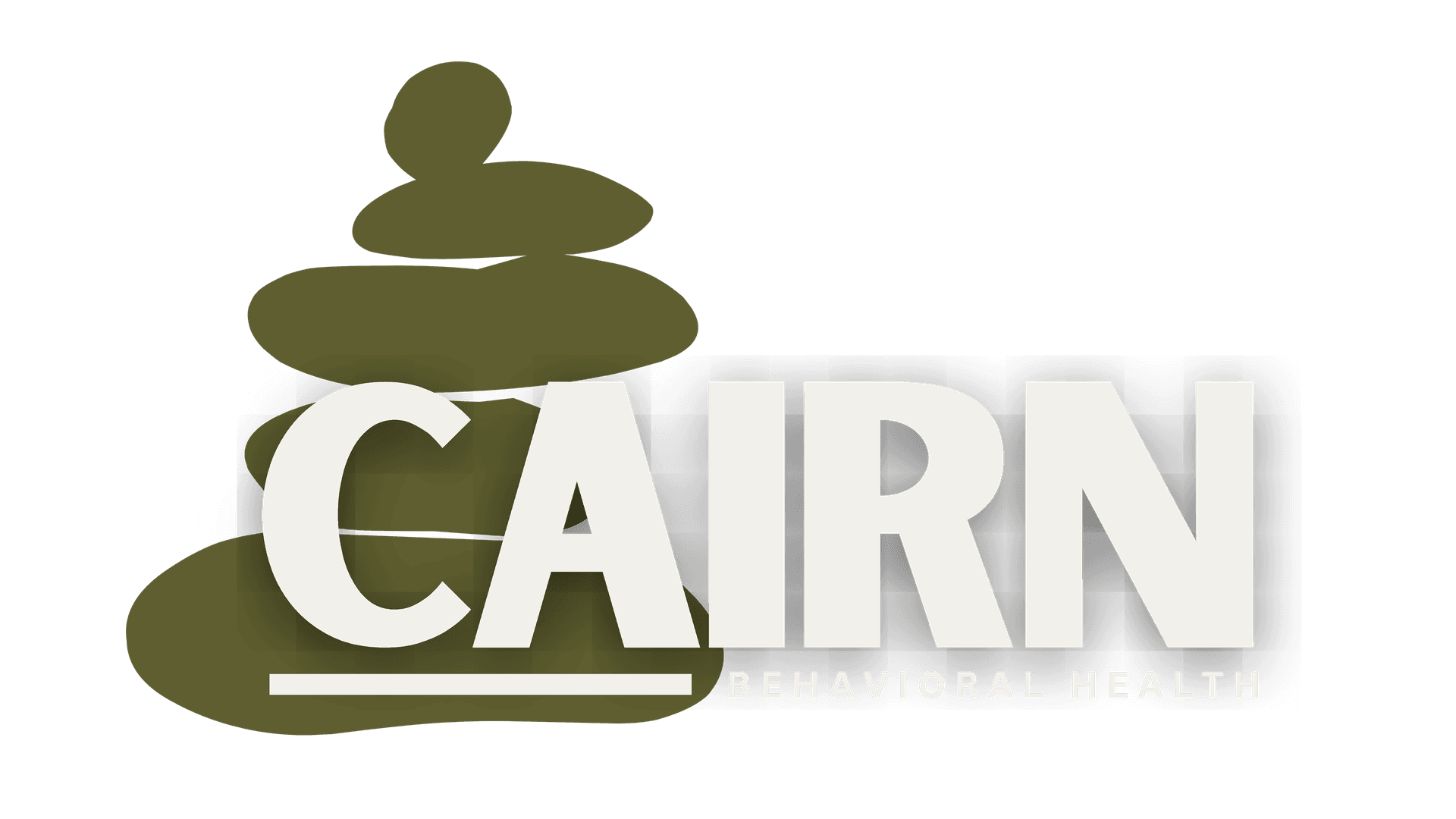Harnessing ABA to Transform Anxiety-Driven Behaviors in Children
Understanding Anxiety-Driven Behaviors in Children
Children experiencing anxiety often exhibit behaviors that can be challenging both at home and in educational settings. Anxiety-driven behaviors may include avoidance, refusal to attend school, or difficulty in social interactions. These behaviors are not only distressing for the child but can also impact their development and well-being. Understanding the root causes and manifestations of anxiety is crucial for effective intervention.

Anxiety-driven behaviors can stem from various factors, including genetic predispositions, environmental influences, or traumatic experiences. Recognizing these behaviors early and accurately is the first step in providing appropriate support and intervention. Left unaddressed, such behaviors can escalate and further hinder a child's social and academic progress.
The Role of Applied Behavior Analysis (ABA)
Applied Behavior Analysis (ABA) is a therapeutic approach that focuses on understanding and changing behavior. It is widely used for individuals with autism but has proven effective in managing anxiety-driven behaviors as well. ABA employs evidence-based techniques to identify the triggers of anxiety and develop strategies to modify these responses.

ABA relies on positive reinforcement to encourage desired behaviors while reducing unwanted ones. By focusing on observable behaviors, ABA practitioners work closely with children to create a supportive environment that fosters positive change. This approach not only addresses the symptoms of anxiety but also empowers children by providing them with coping mechanisms to handle stressful situations.
Implementing ABA Strategies
Implementing ABA strategies involves several key steps:
- Assessment: A thorough assessment helps identify specific anxiety-driven behaviors and their triggers.
- Goal Setting: Setting clear, achievable goals ensures that progress can be measured and celebrated.
- Intervention: Tailored interventions are designed to teach children new skills and replace anxiety-driven behaviors with healthier alternatives.
- Monitoring: Regular monitoring and adjustment of strategies ensure the approach remains effective.

Parents and educators play a pivotal role in reinforcing the strategies taught during ABA sessions. Consistency across different environments is key to ensuring long-lasting behavioral change. Collaboration between therapists, parents, and teachers creates a unified support system for the child.
Benefits of ABA for Anxiety-Driven Behaviors
The benefits of utilizing ABA to manage anxiety-driven behaviors are numerous. Children develop greater self-awareness and confidence as they learn to manage anxiety-provoking situations effectively. Additionally, the skills acquired during ABA therapy can be applied to various aspects of life, promoting overall resilience and adaptability.
Moreover, ABA provides families with tools and techniques to support their child's emotional health. This collaborative approach fosters a nurturing environment where children feel understood and supported, leading to improved family dynamics and enhanced communication.
Conclusion
The transformative power of ABA in addressing anxiety-driven behaviors in children cannot be overstated. By focusing on individualized strategies and positive reinforcement, ABA empowers children to overcome the challenges posed by anxiety. As a result, they can thrive both socially and academically, paving the way for a brighter future.

